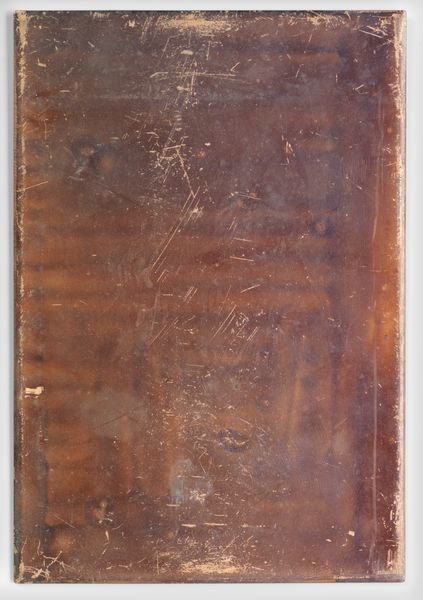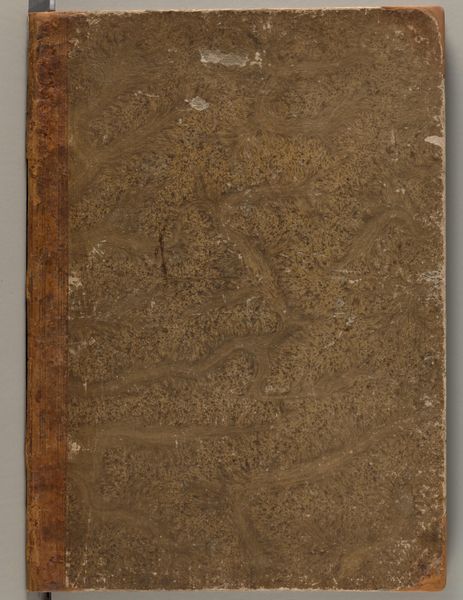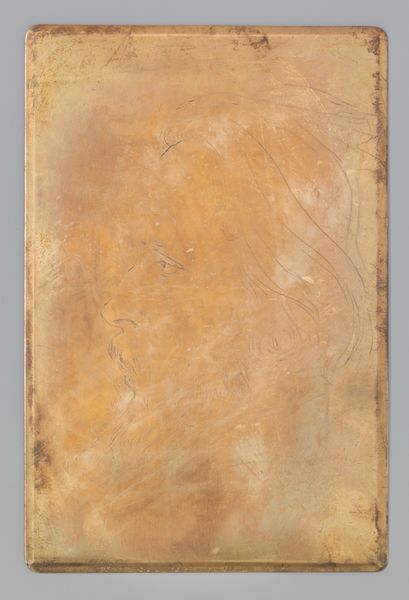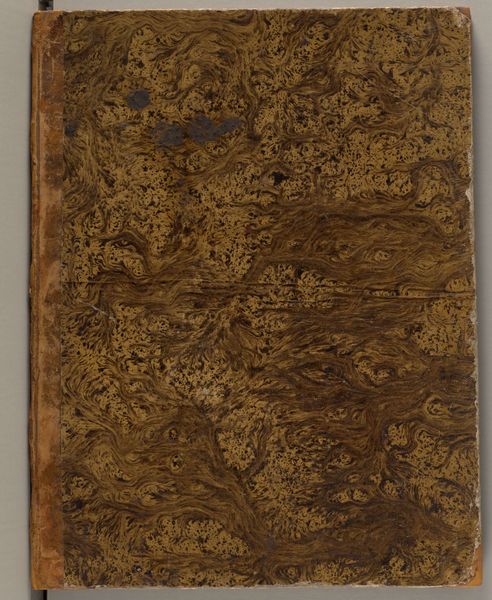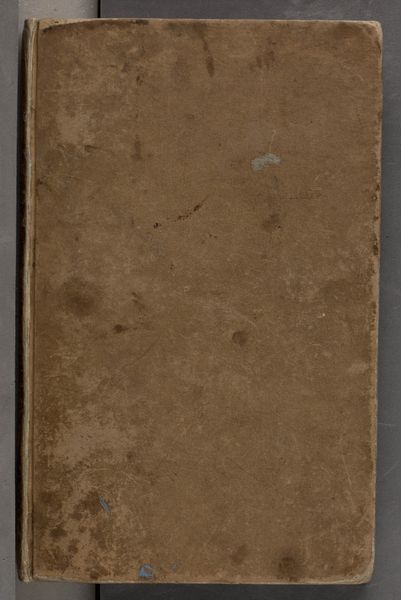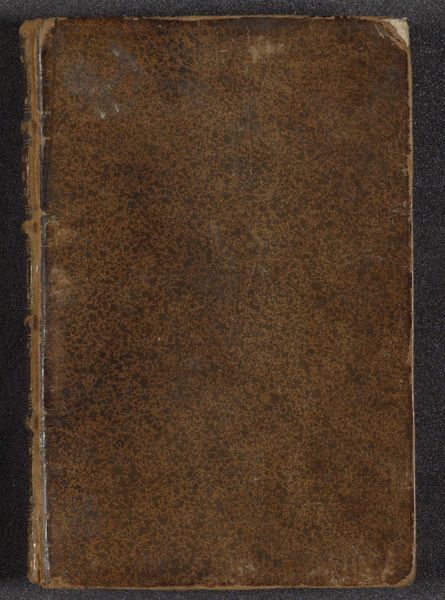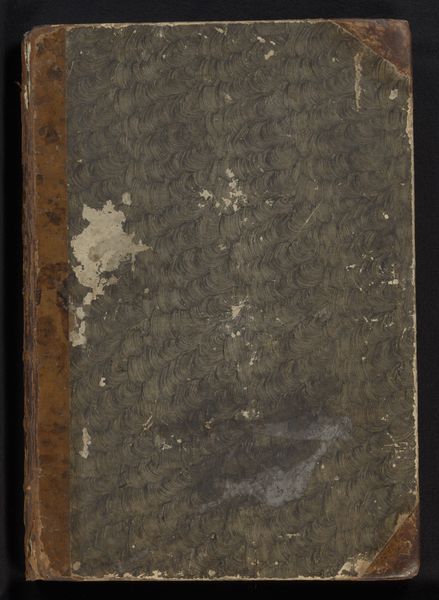
drawing, paper, ink
#
portrait
#
drawing
#
figuration
#
paper
#
ink
#
nude
#
watercolor
#
realism
Dimensions: height 208 mm, width 130 mm
Copyright: Rijks Museum: Open Domain
Curator: This drawing, created by George Hendrik Breitner between 1891 and 1893, is entitled "Standing, Nude Woman." It’s part of the collection here at the Rijksmuseum. It seems to be executed in ink and watercolor on paper. Editor: My first impression is one of melancholy. There’s something haunting about the starkness of the figure against that deep, almost brooding background. The pose seems introspective, vulnerable, rather than overtly sexual. Curator: It’s certainly not an idealized representation of the female form, is it? Breitner was deeply embedded in realist circles. Here, he's more interested in capturing a sense of immediacy and lived experience. He seeks truth rather than polish. The style reflects a broader social movement. Think about Zola's novels that explored difficult themes through very human characters during the same era. Editor: It’s interesting you mention "truth" because I find myself questioning what kind of truth he wanted to explore and highlight. The way he depicts the body – almost ghostly. And with that particular somber hue – are we to see a reflection of late 19th-century anxieties regarding the female nude? Is this a deliberate subversion? Or even, dare I say, a warning? Curator: Warnings were certainly not far from peoples’ minds at the time. I suspect that Breitner, consistent with the realist project, seeks to reveal aspects of urban life often concealed or overlooked. But it’s fascinating that the color adds a layer of complexity; brown, a color closely related to our origin as living being, brings a down to earth atmosphere but almost dirties what otherwise might be considered beautiful by society, even defiles. Editor: This also brings a strong symbolism in connection to Earth; and of women being an allegorical representation of mother earth – or viceversa. I agree, the effect on me is the color emphasizes her earthy vulnerability but there are cultural assumptions in how one perceives women – from pure mother to vile Eve. Curator: Indeed, that binary itself is a long entrenched theme that predates that very same turn of the century. Breitner taps into anxieties and the complex societal perceptions that shaped people. It speaks of long social continuities of the role that a nude might have across time. Editor: It gives you much to think about when studying social attitudes! I definitely leave with a richer understanding of that period. Thank you. Curator: Likewise. An interesting work.
Comments
No comments
Be the first to comment and join the conversation on the ultimate creative platform.
